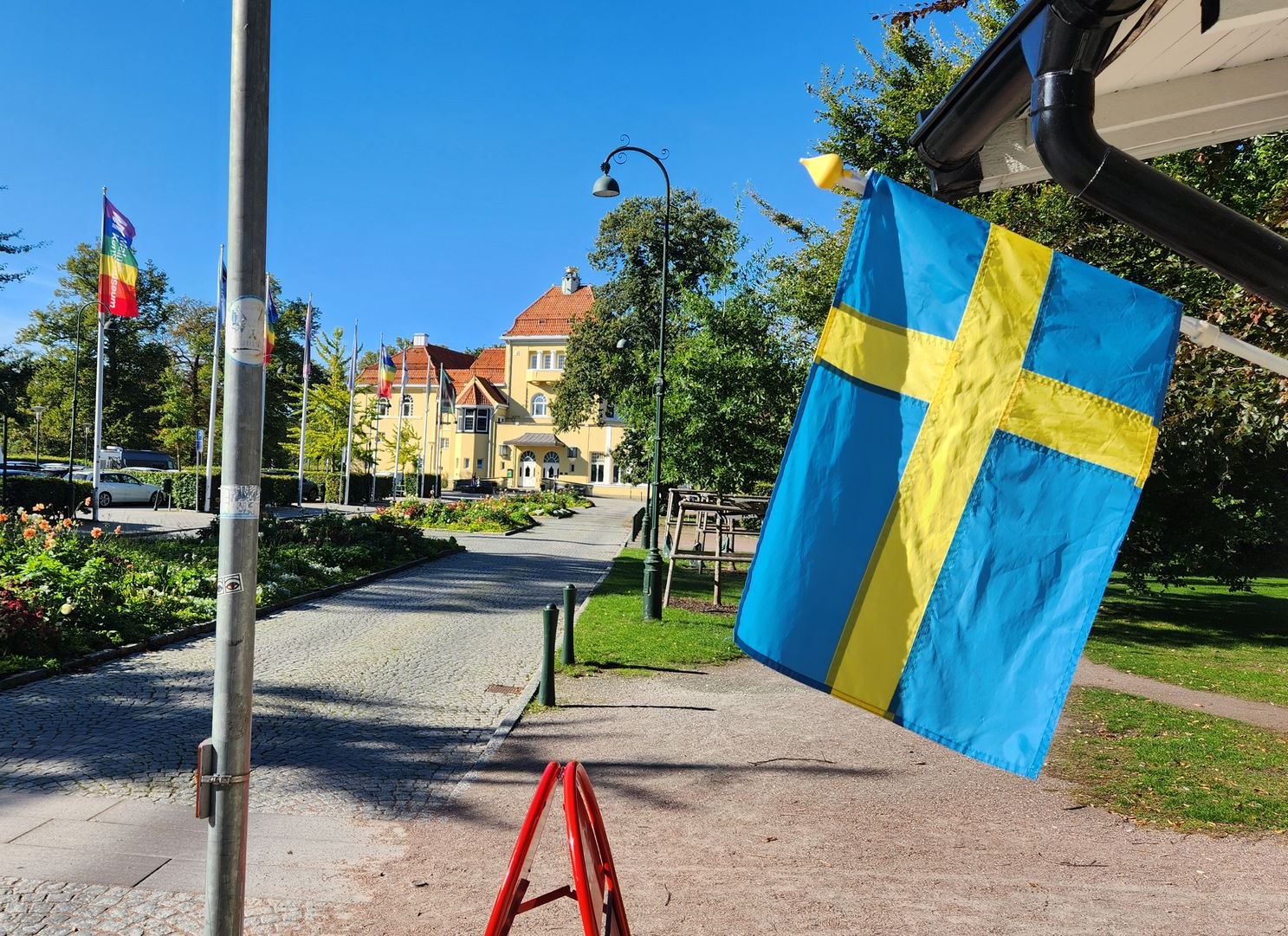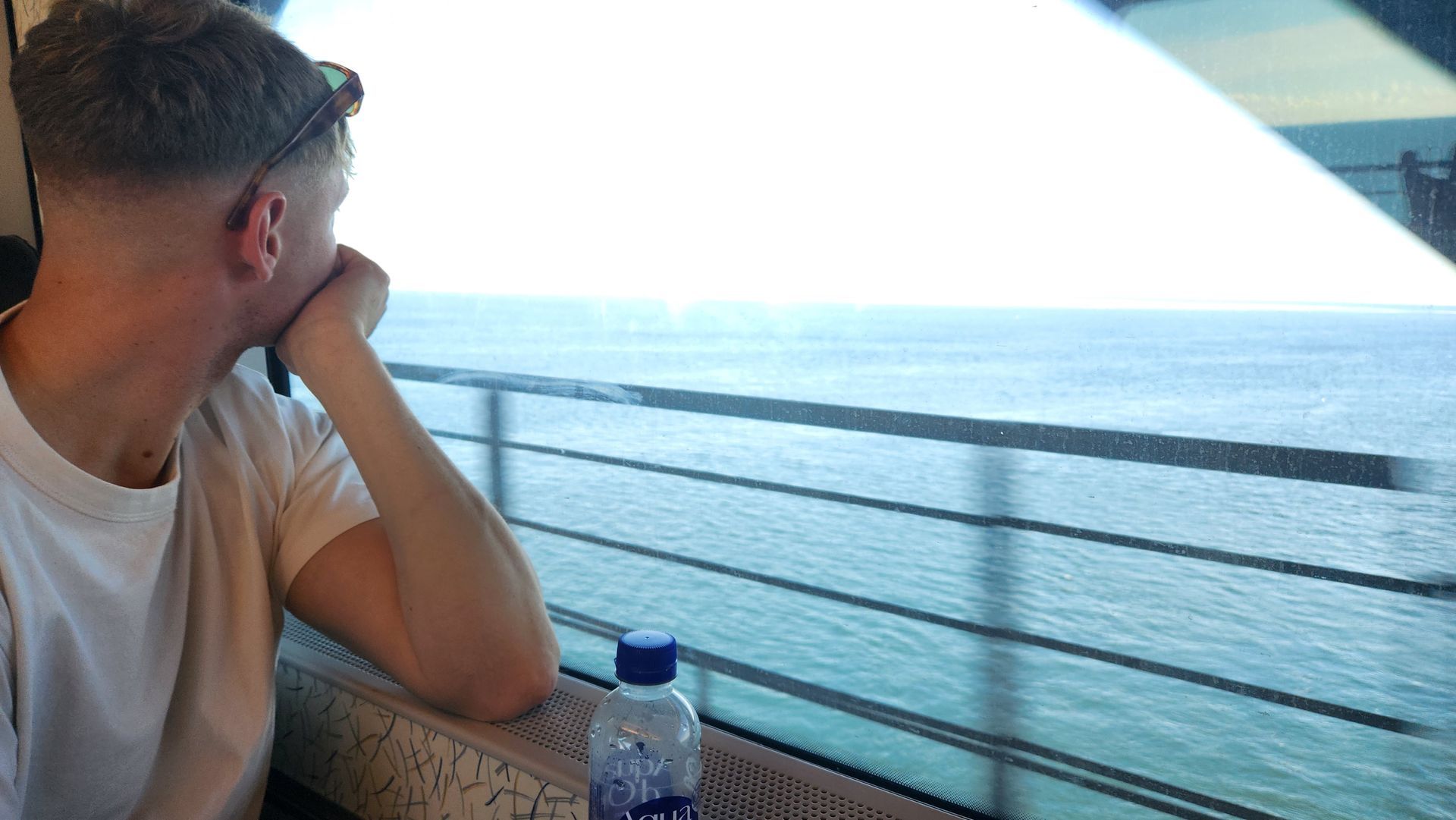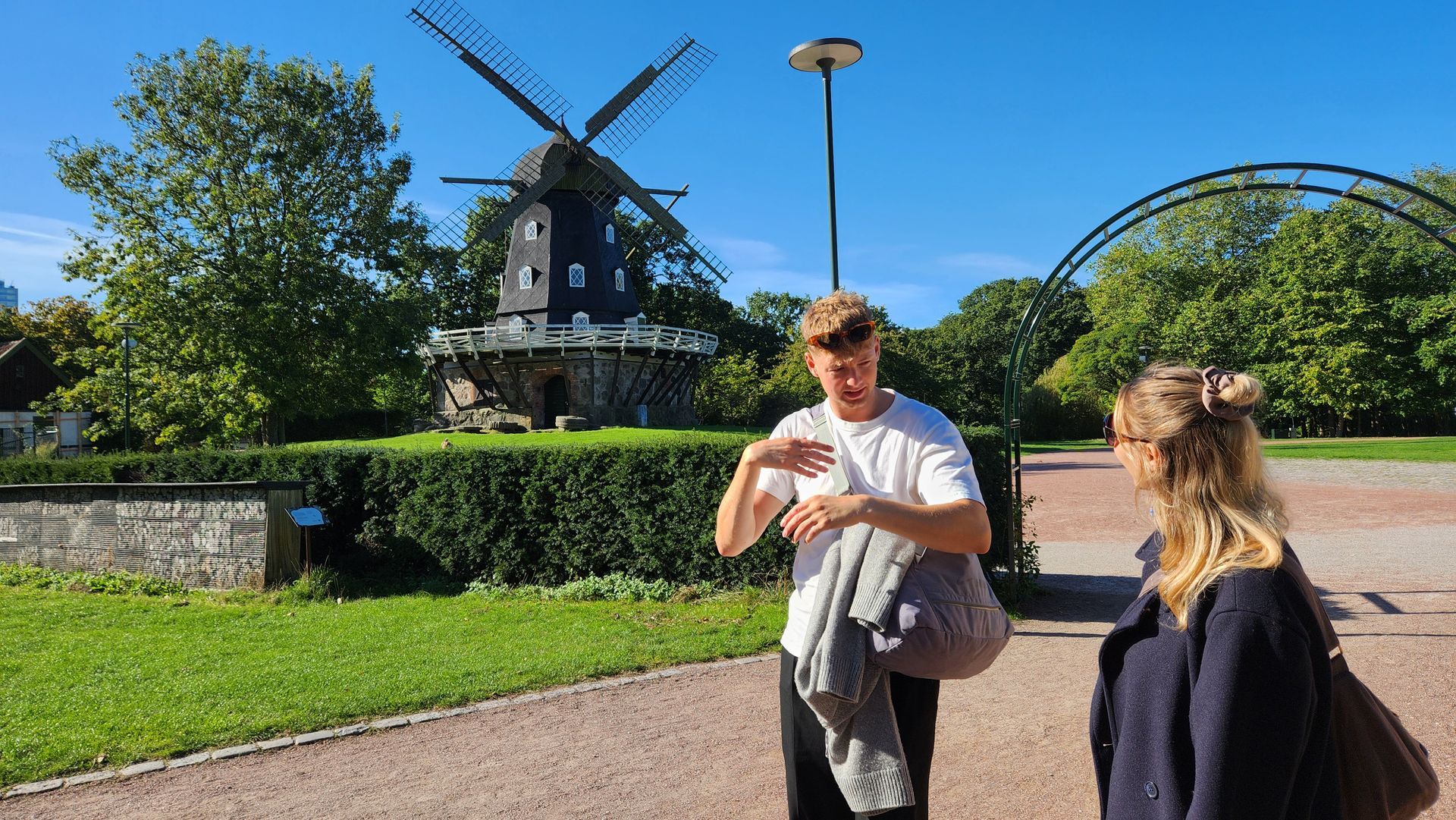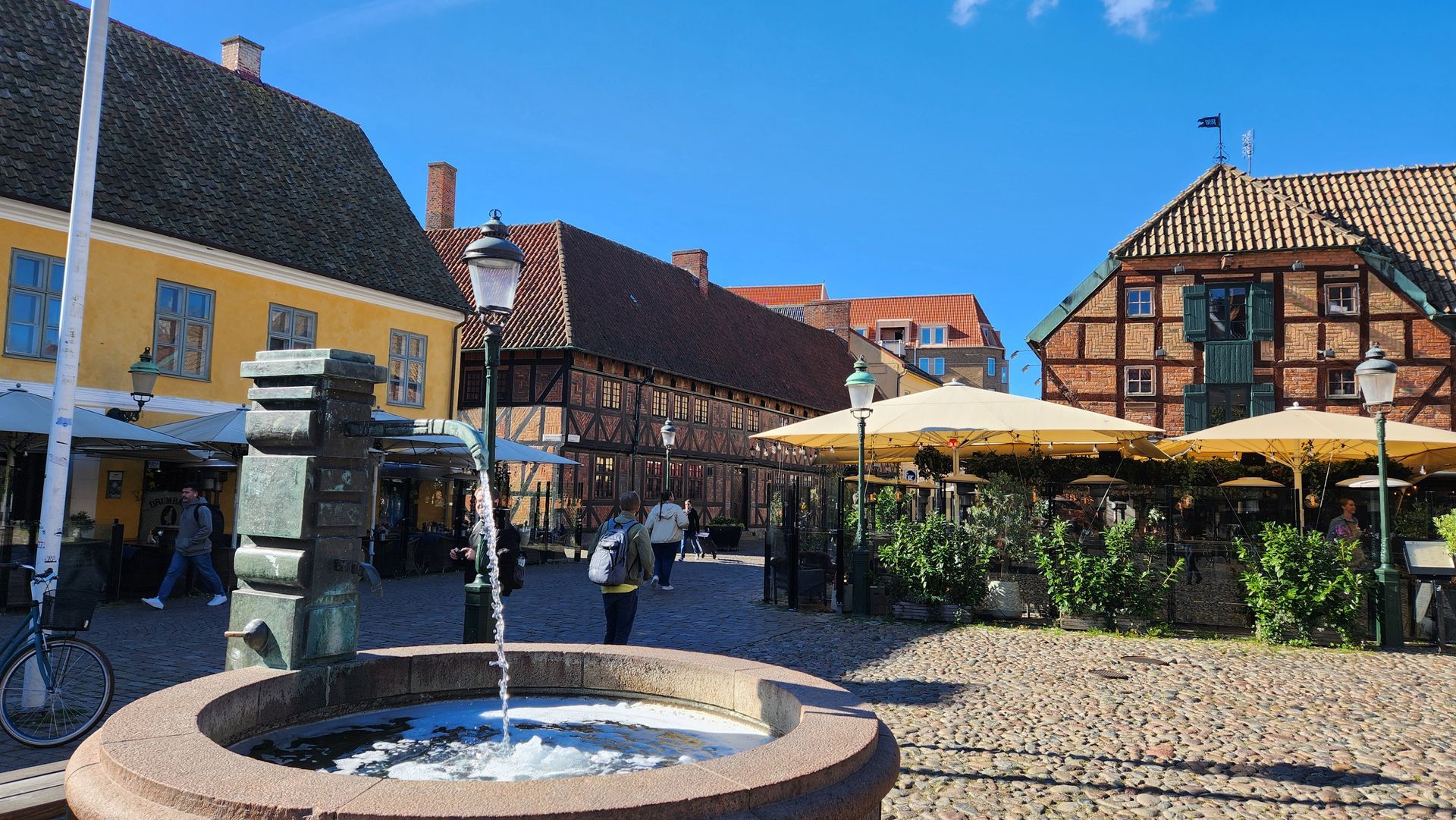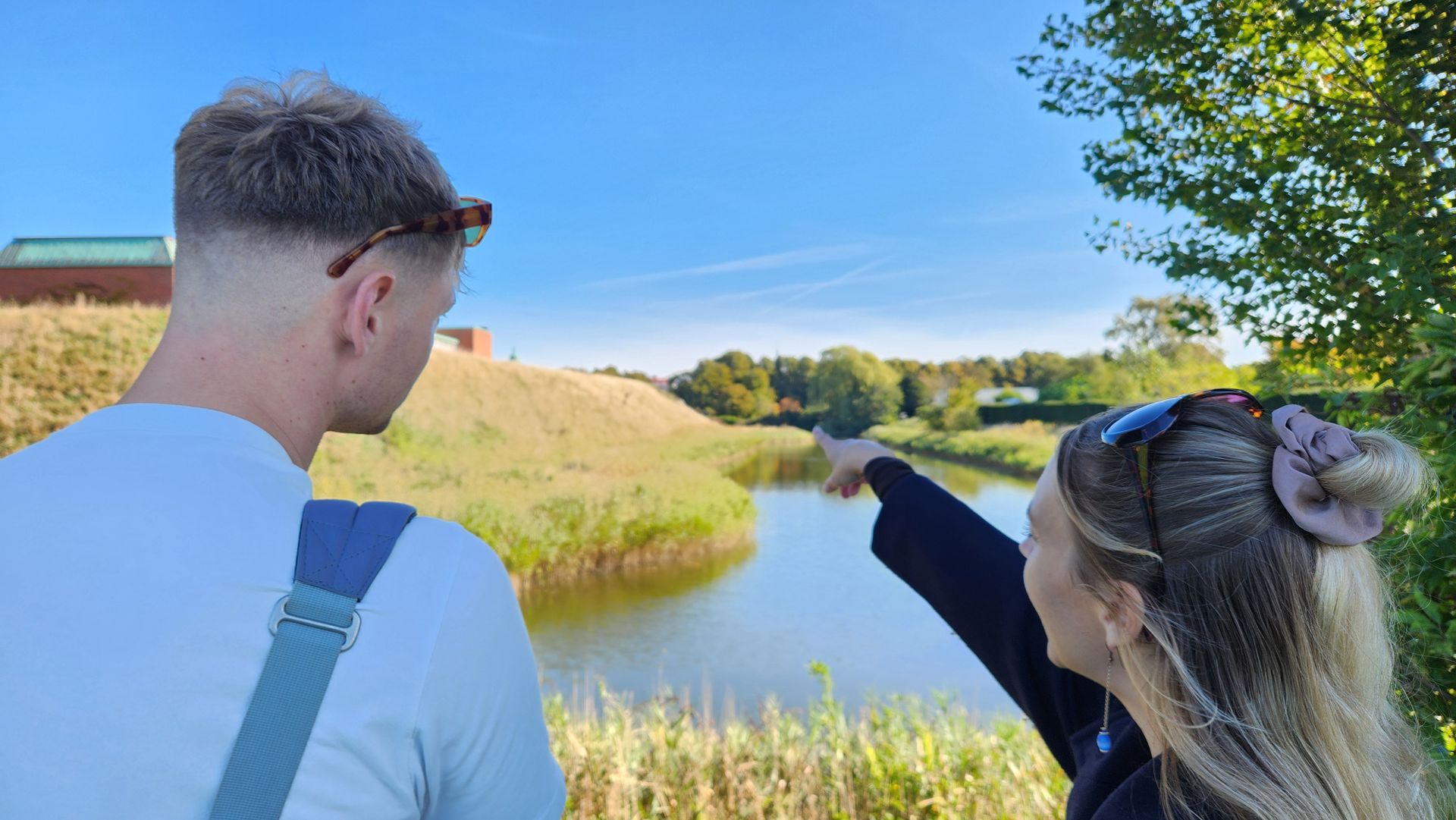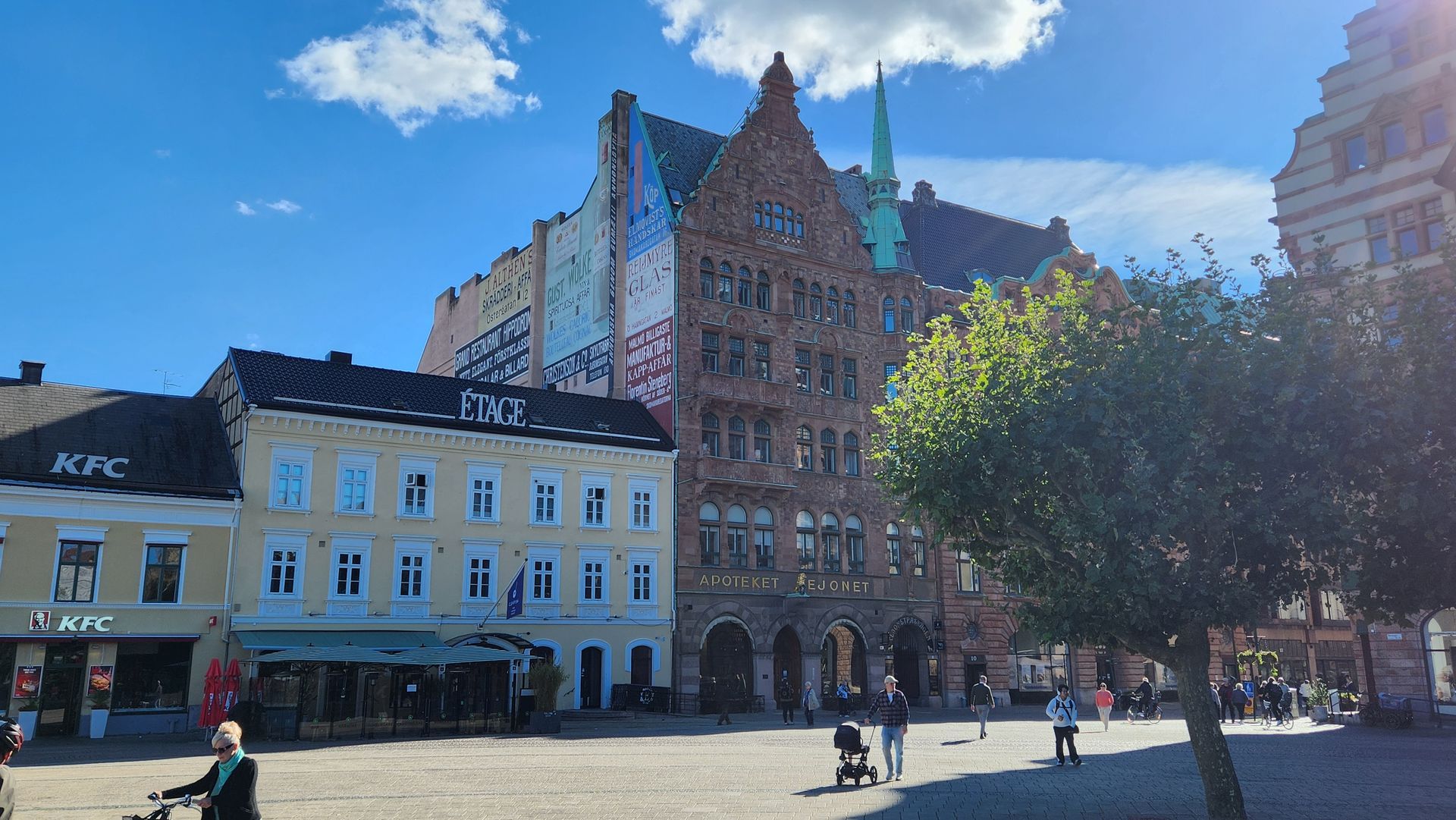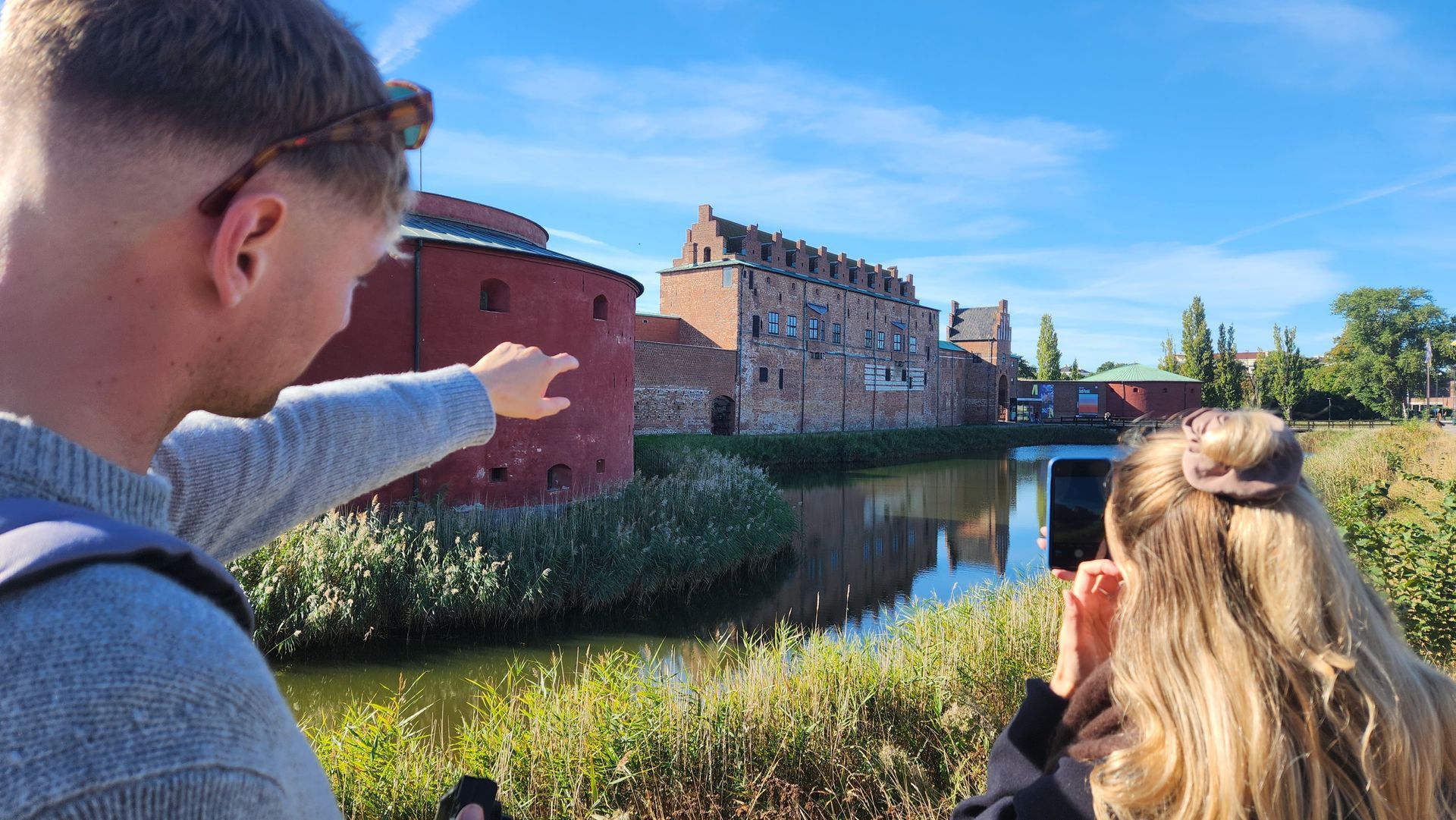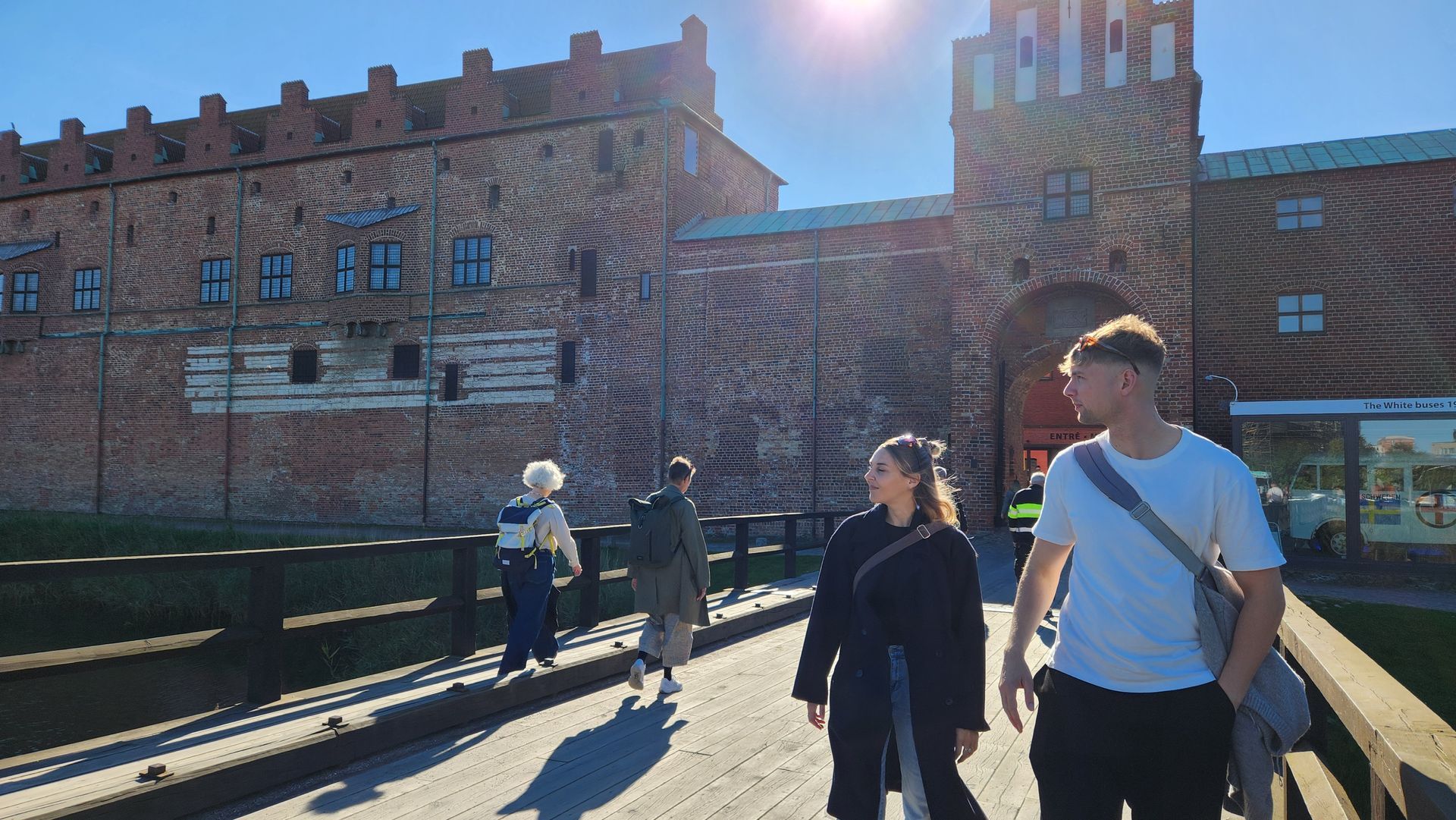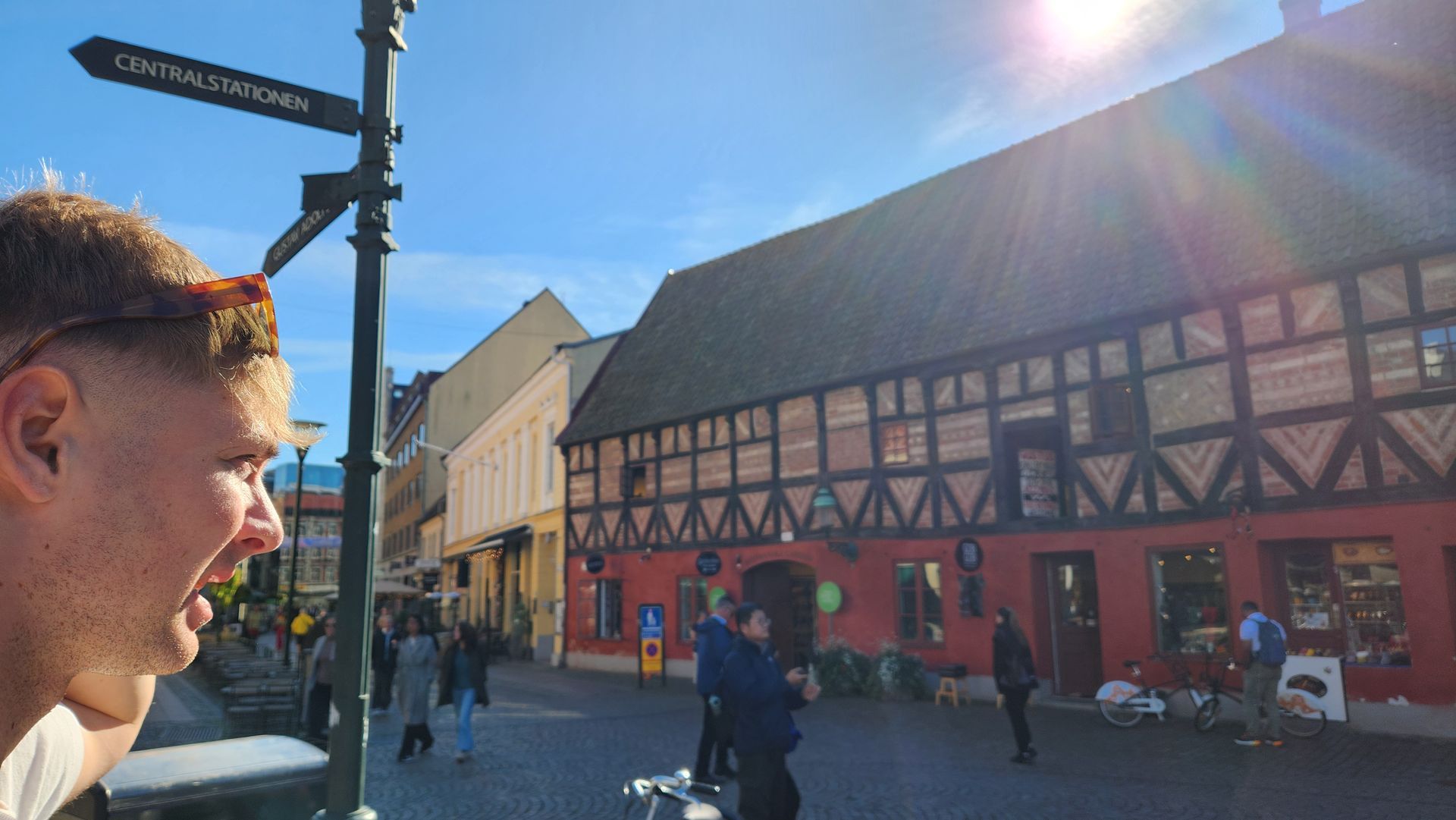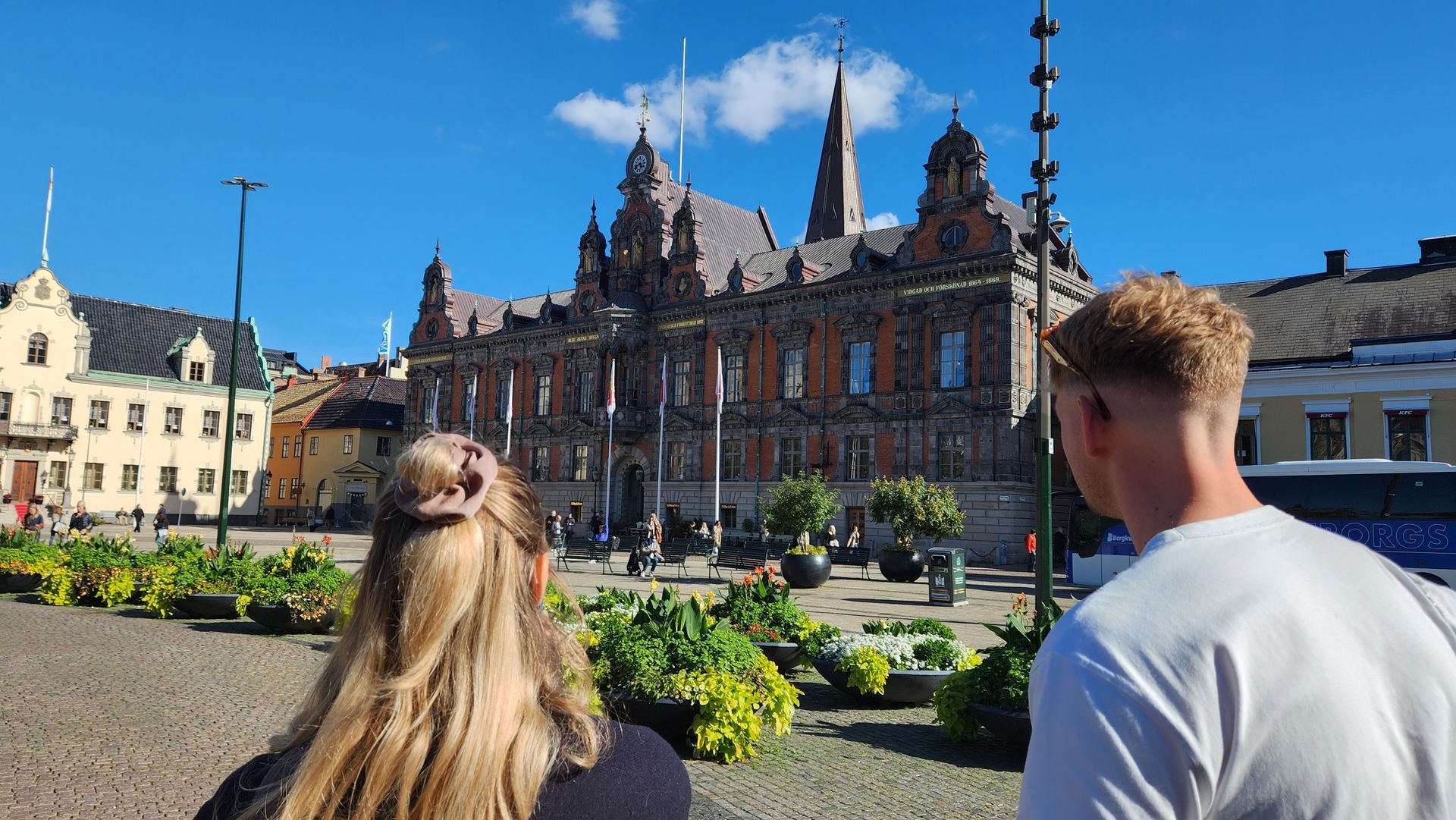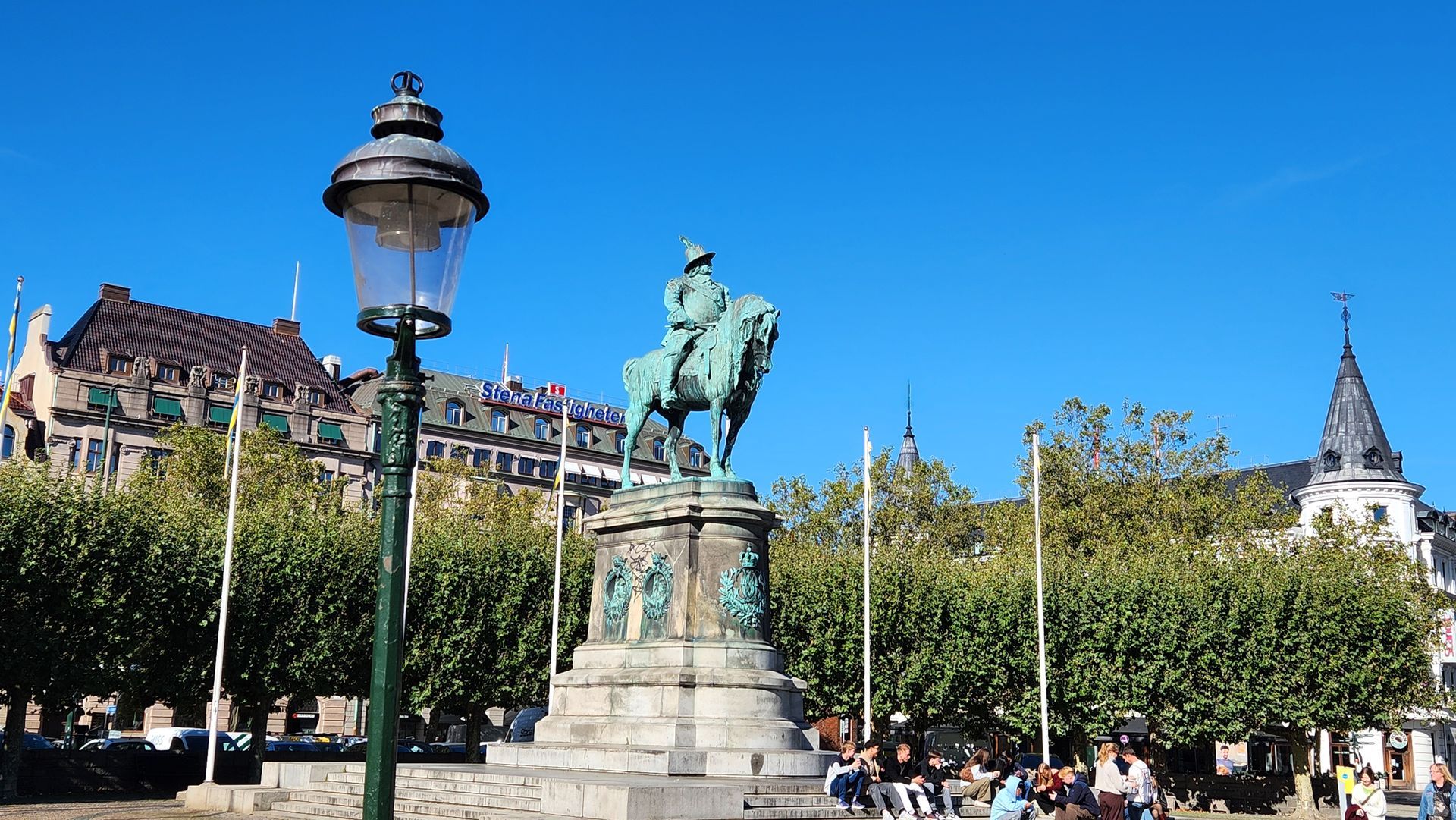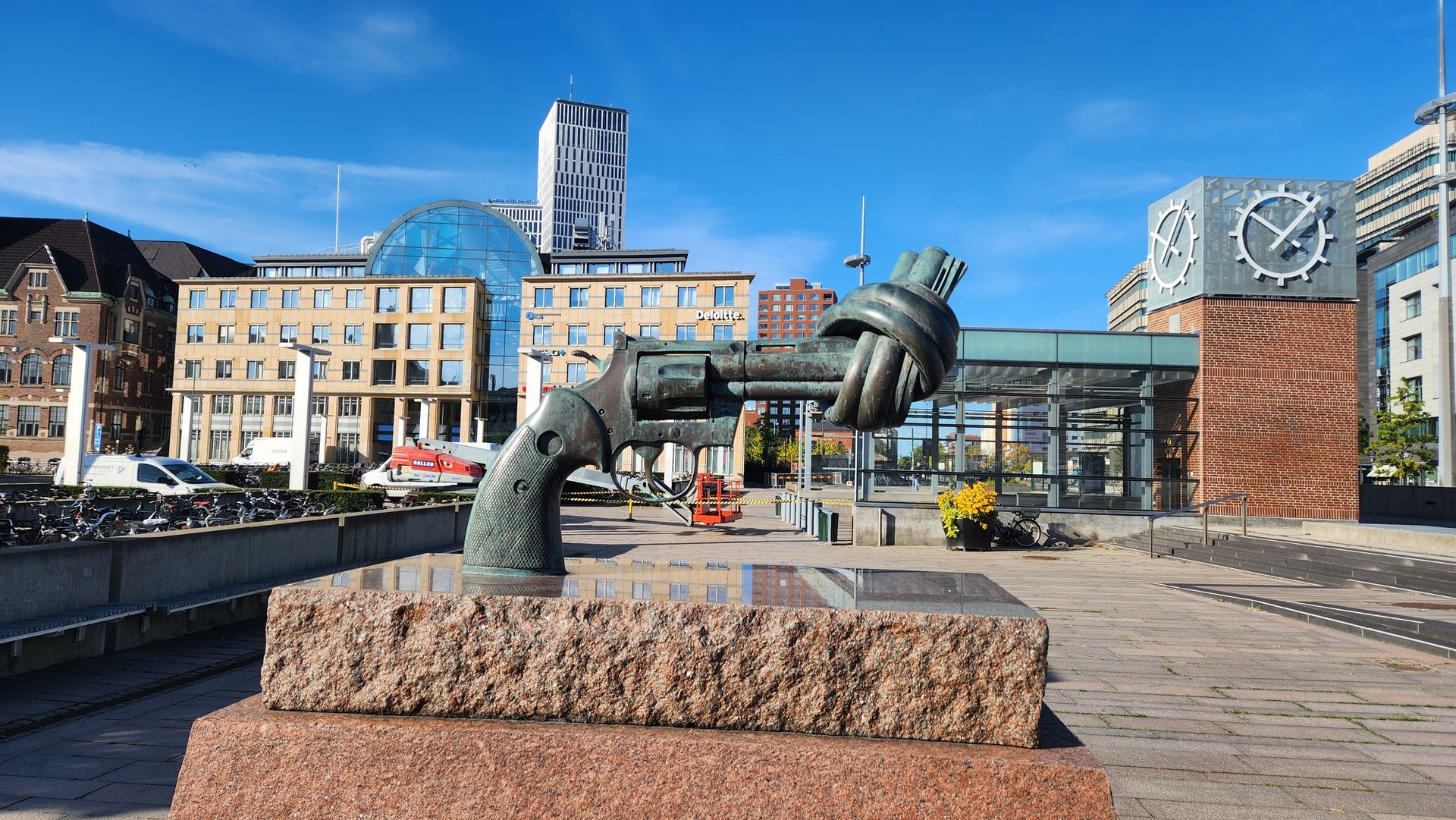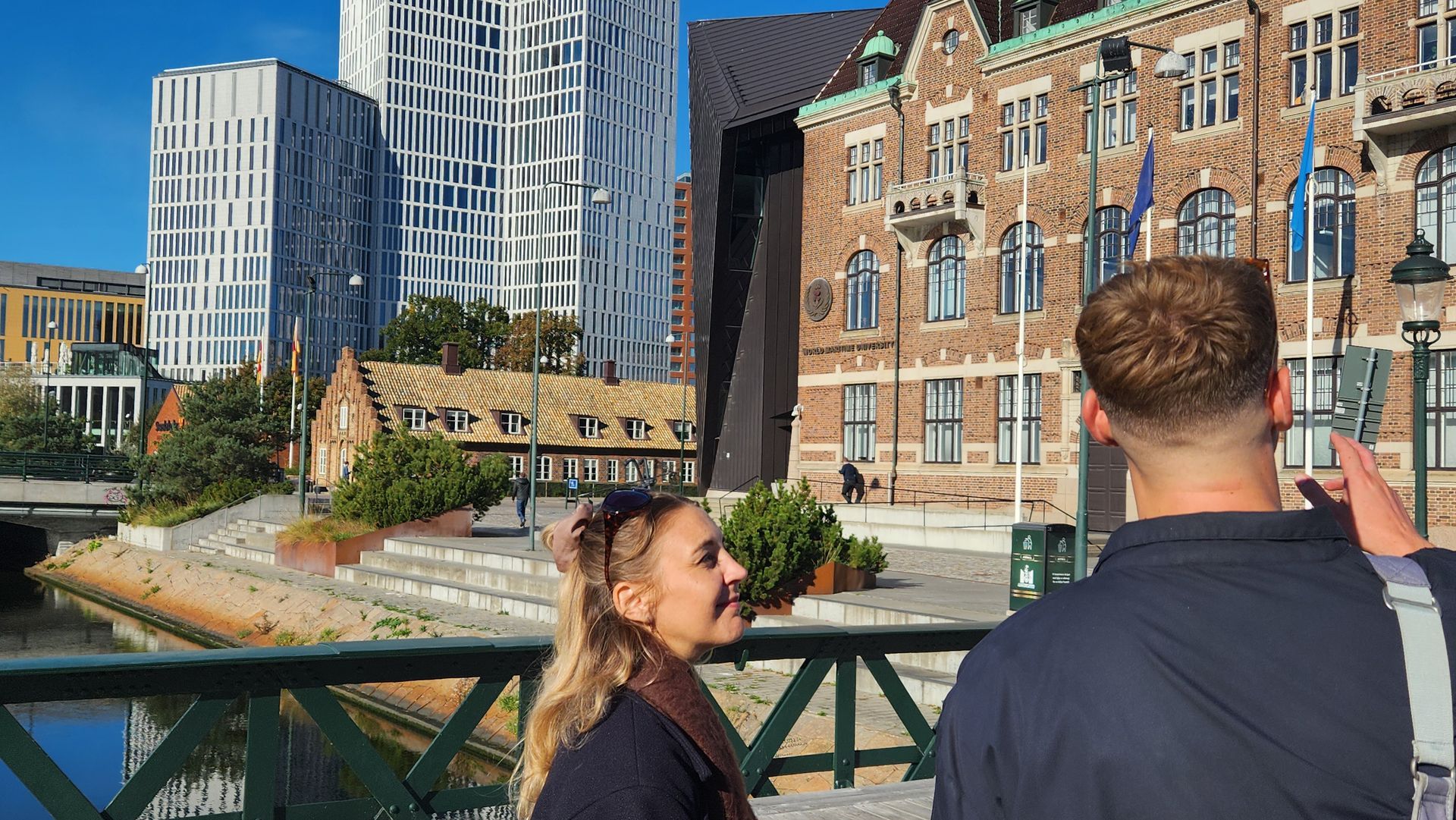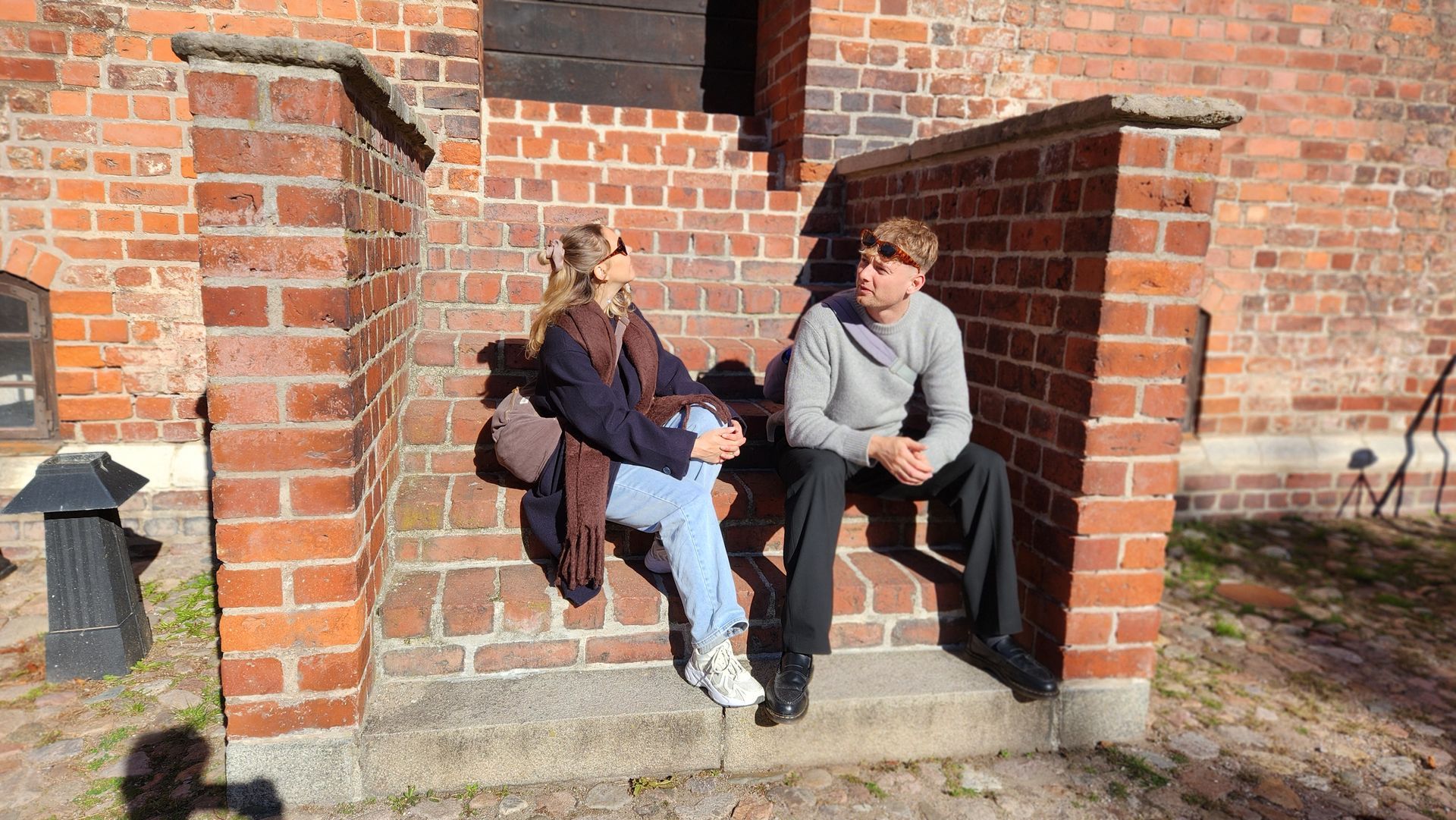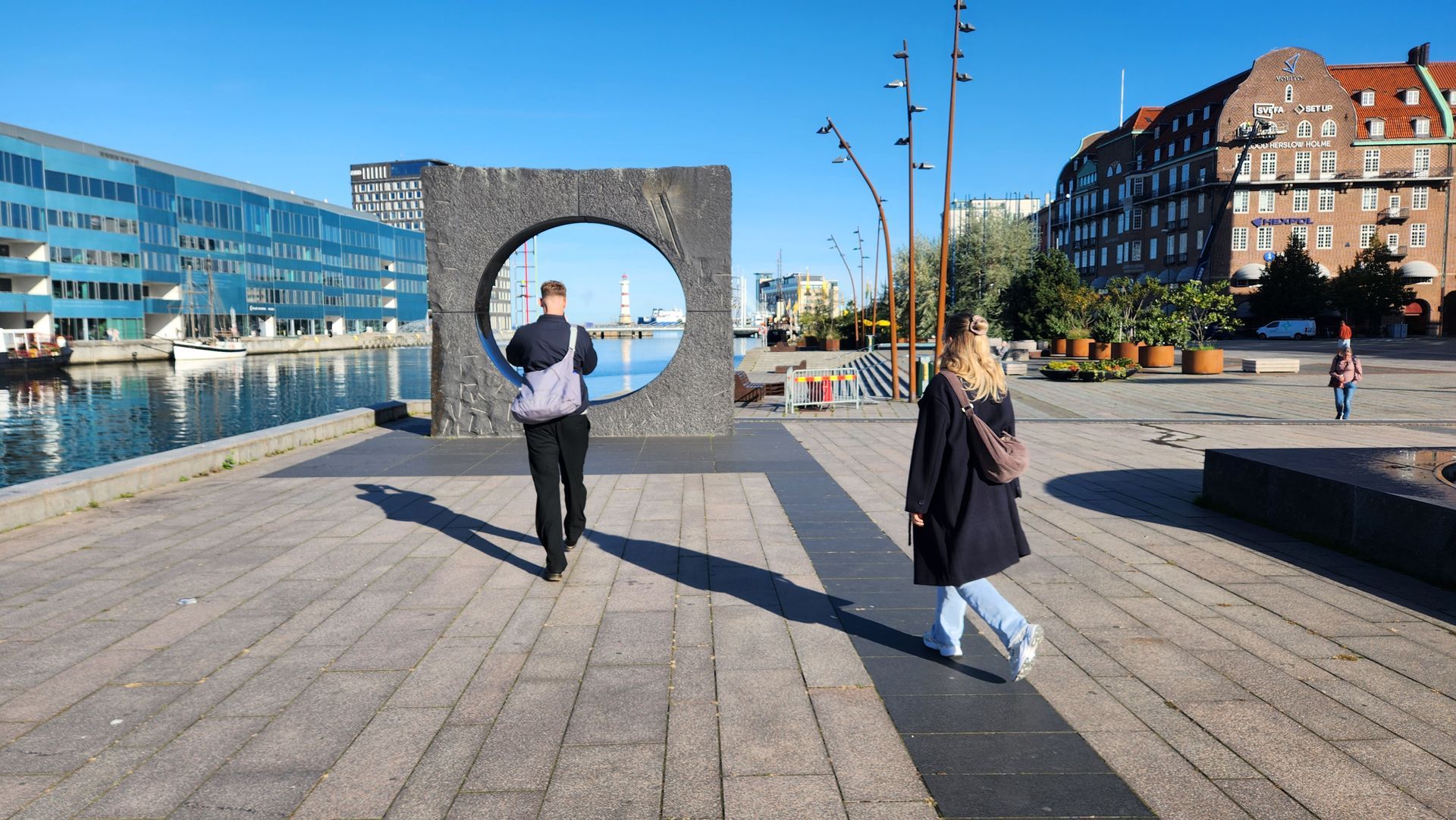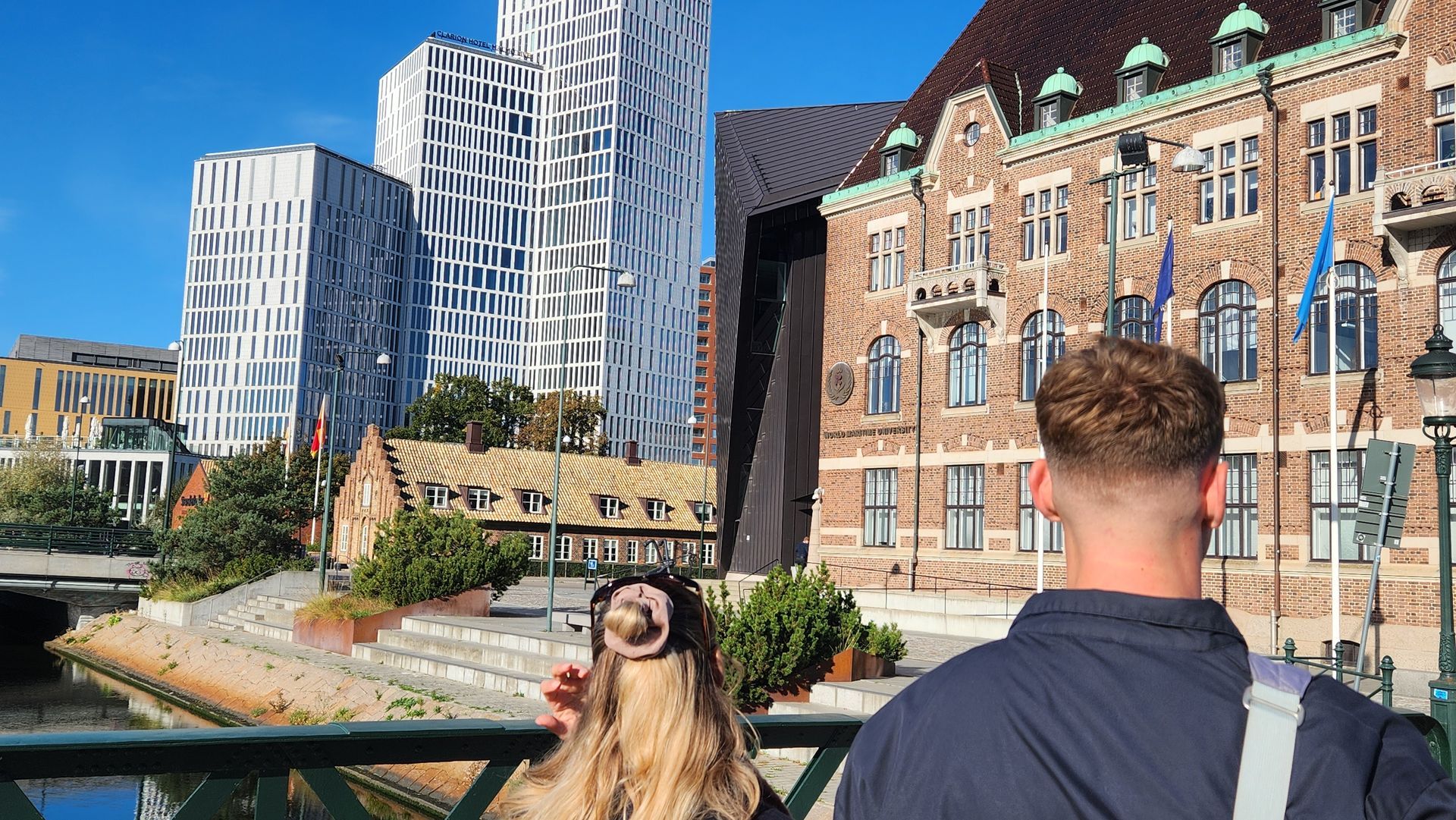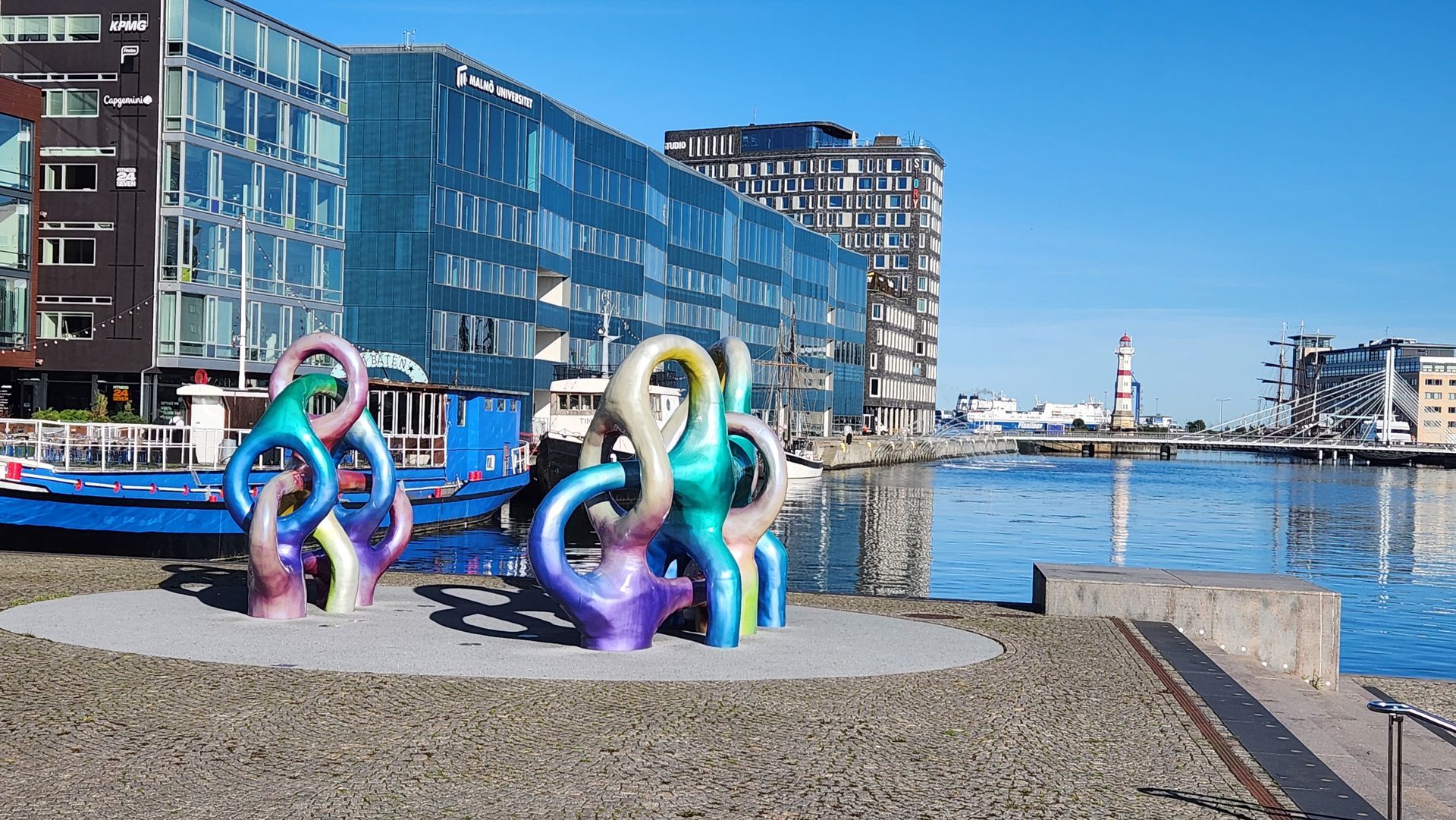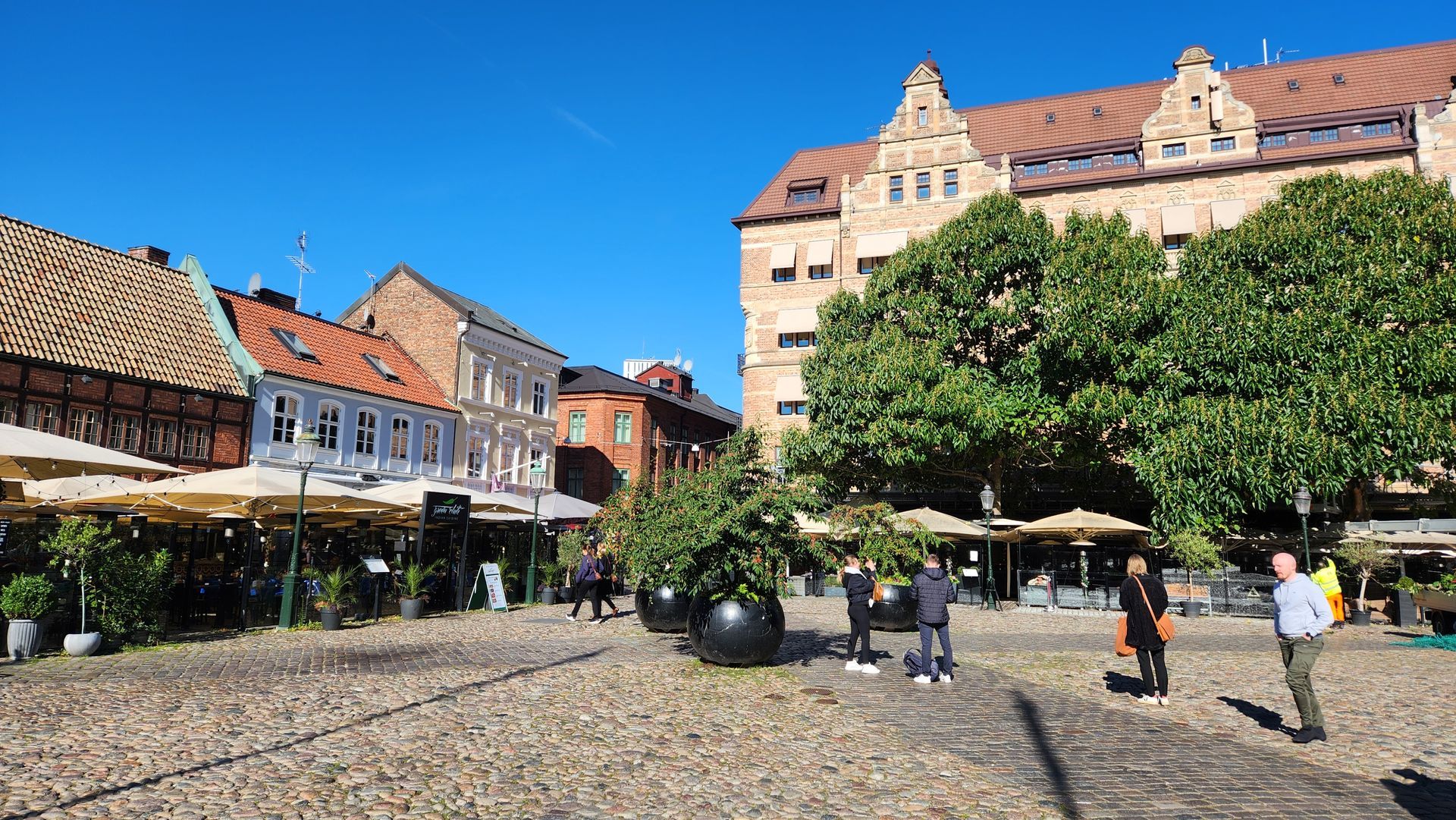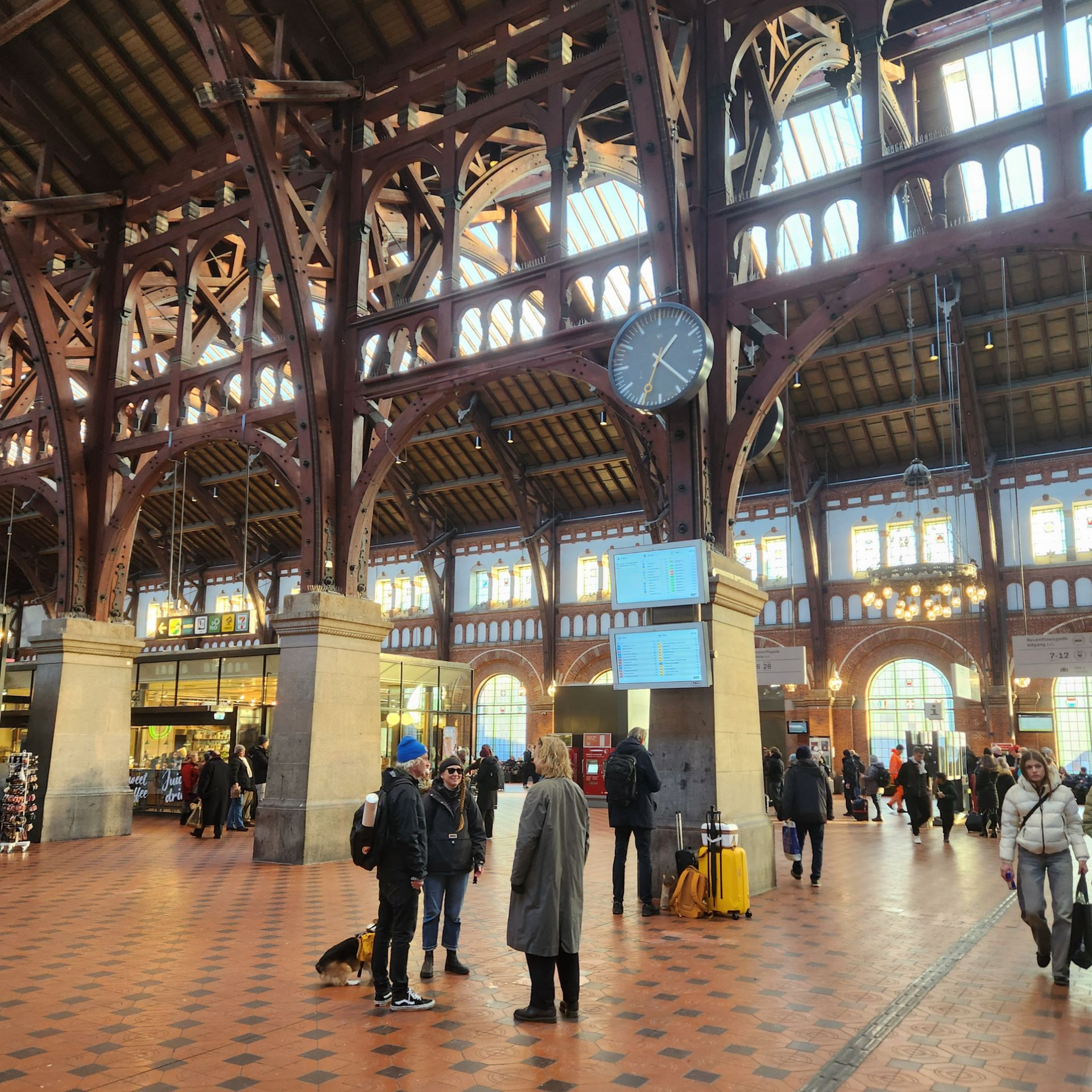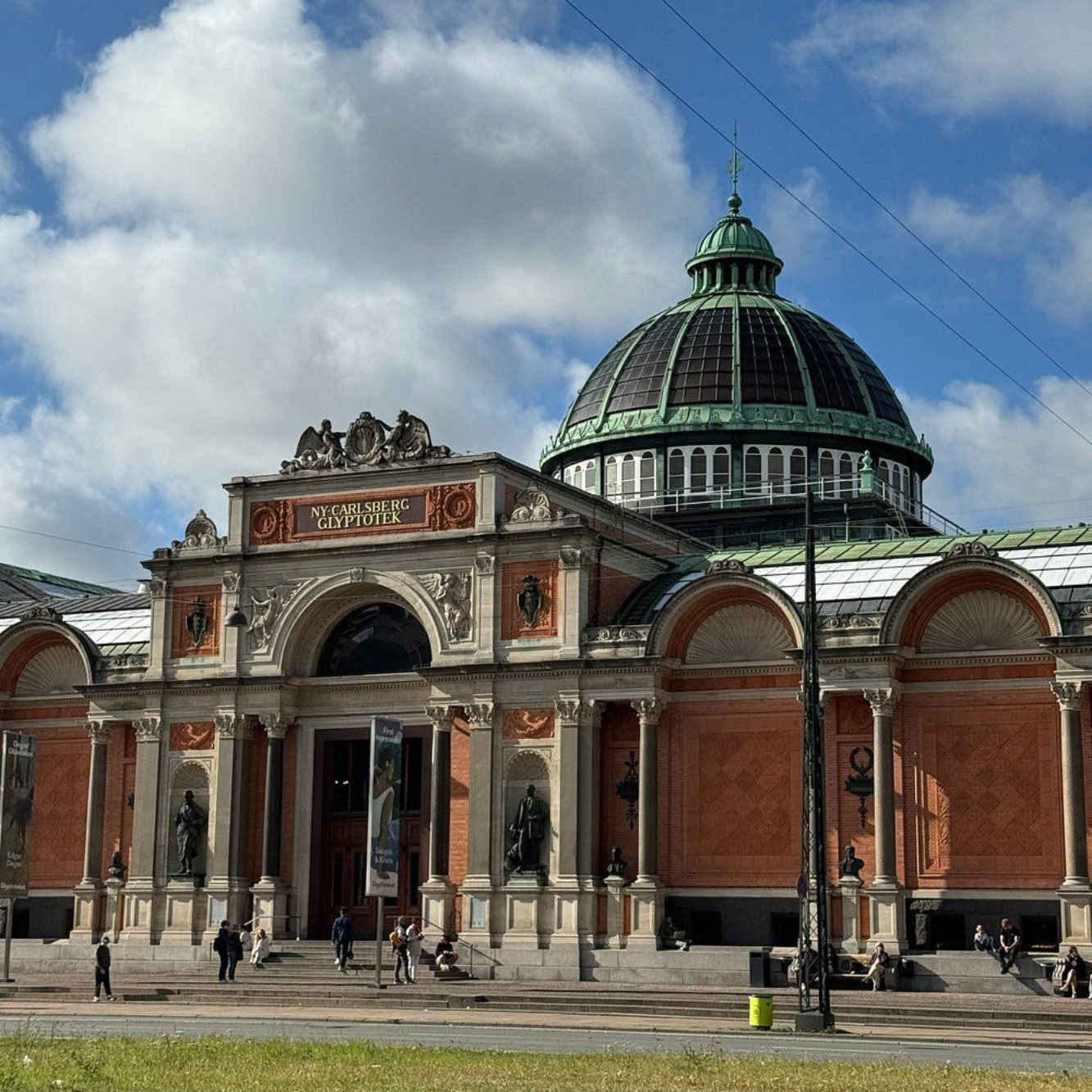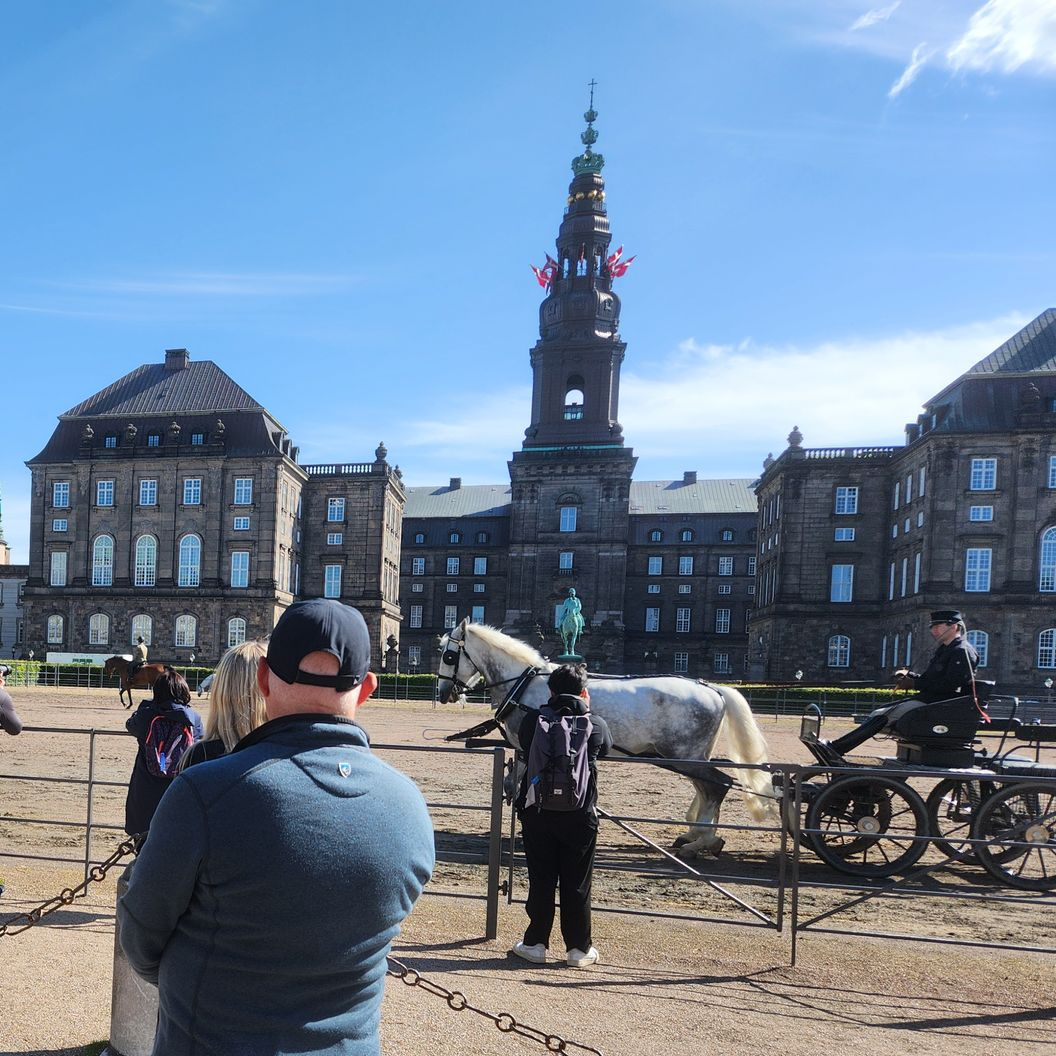Malmo Highlights in 4 Hours - Train & Fika Included
Visit two countries in half a day!
Cross the Øresund Bridge, explore Malmö on a 2-hour walking tour with a Danish guide, enjoy a Swedish fika, and return to Copenhagen the same day.
Two countries in half a day – from Copenhagen to Malmö with a Danish perspective
Make the most of your time in Scandinavia with this unique experience: visiting both Denmark and Sweden in just half a day. We begin at Copenhagen Central Station, where your Danish guide welcomes you before boarding the train. In only 40 minutes you’ll cross the famous Øresund Bridge – a modern icon that links two nations with centuries of shared history. Your round-trip train ticket is included, and with departures every 15 minutes you can choose exactly when to return.
In Malmö, we set off on a two-hour guided walking tour of the city’s highlights: wander the colorful streets of Gamla Väster, stroll through the King’s Garden, and admire Malmöhus Castle – once a Danish fortress, today a Swedish landmark. Along the way, you’ll hear stories of how Malmö shifted from Danish to Swedish rule in the 1600s, and how rivalry and cultural exchange continue to shape both peoples to this day.
After the walk, we pause for a beloved Swedish ritual: fika at a local café – coffee and pastry included. This is your chance to relax, reflect, and enjoy authentic Scandinavian culture.
From here, you can choose to keep exploring Malmö on your own with your flexible return ticket, or travel back with your host to Copenhagen. If you return with the guide, the full round trip takes about four hours – the perfect way to experience two countries in half a day.

